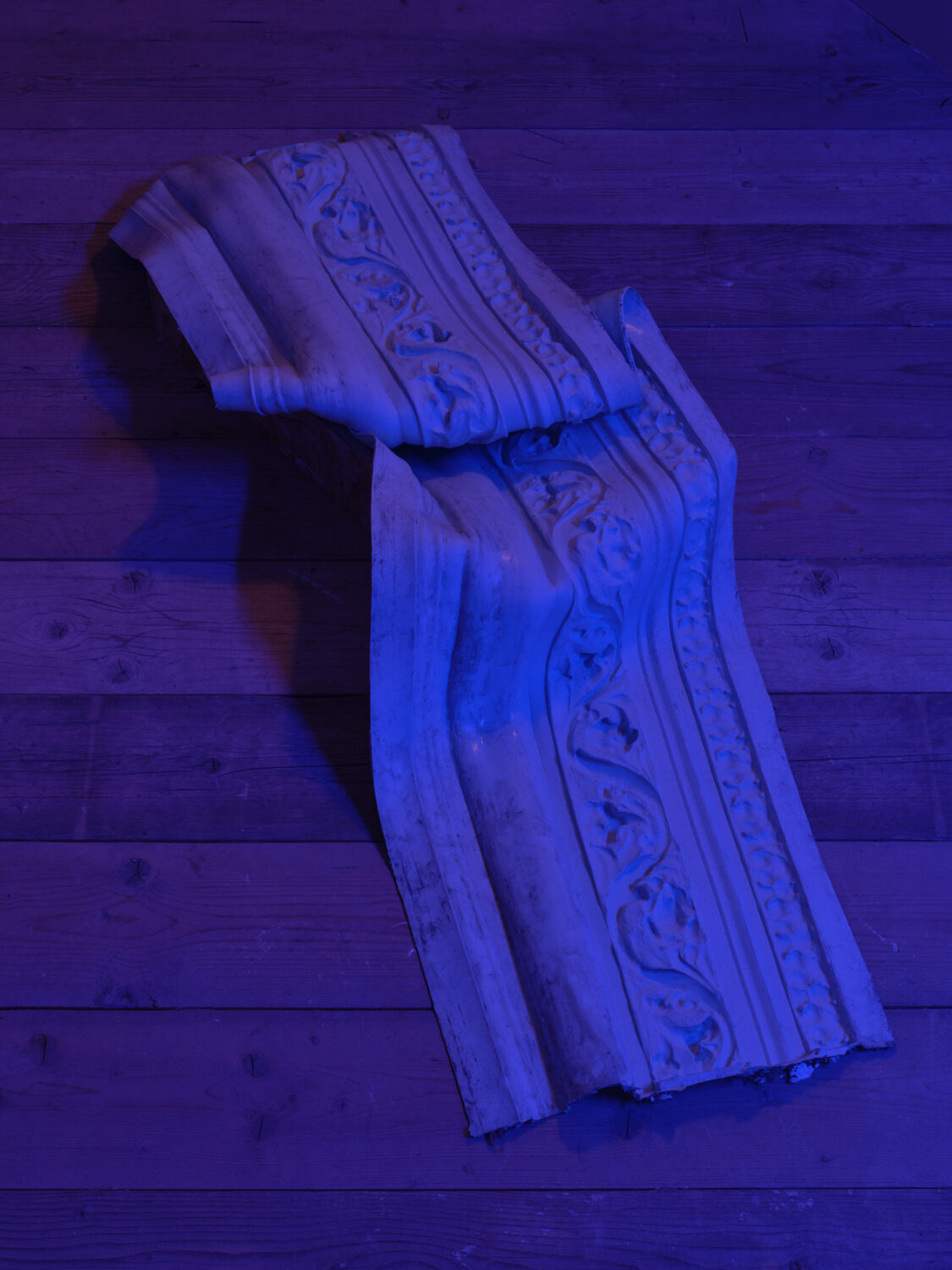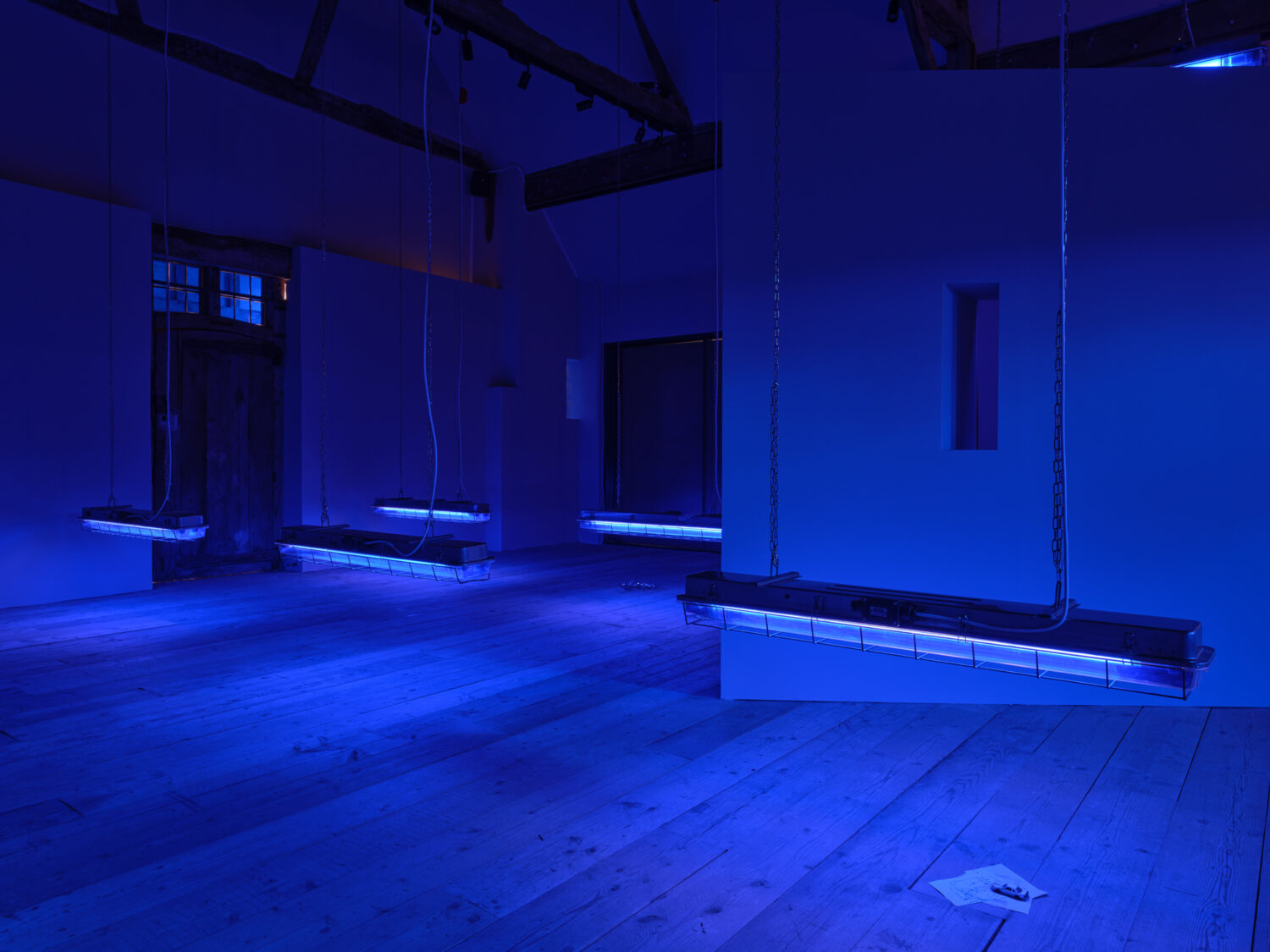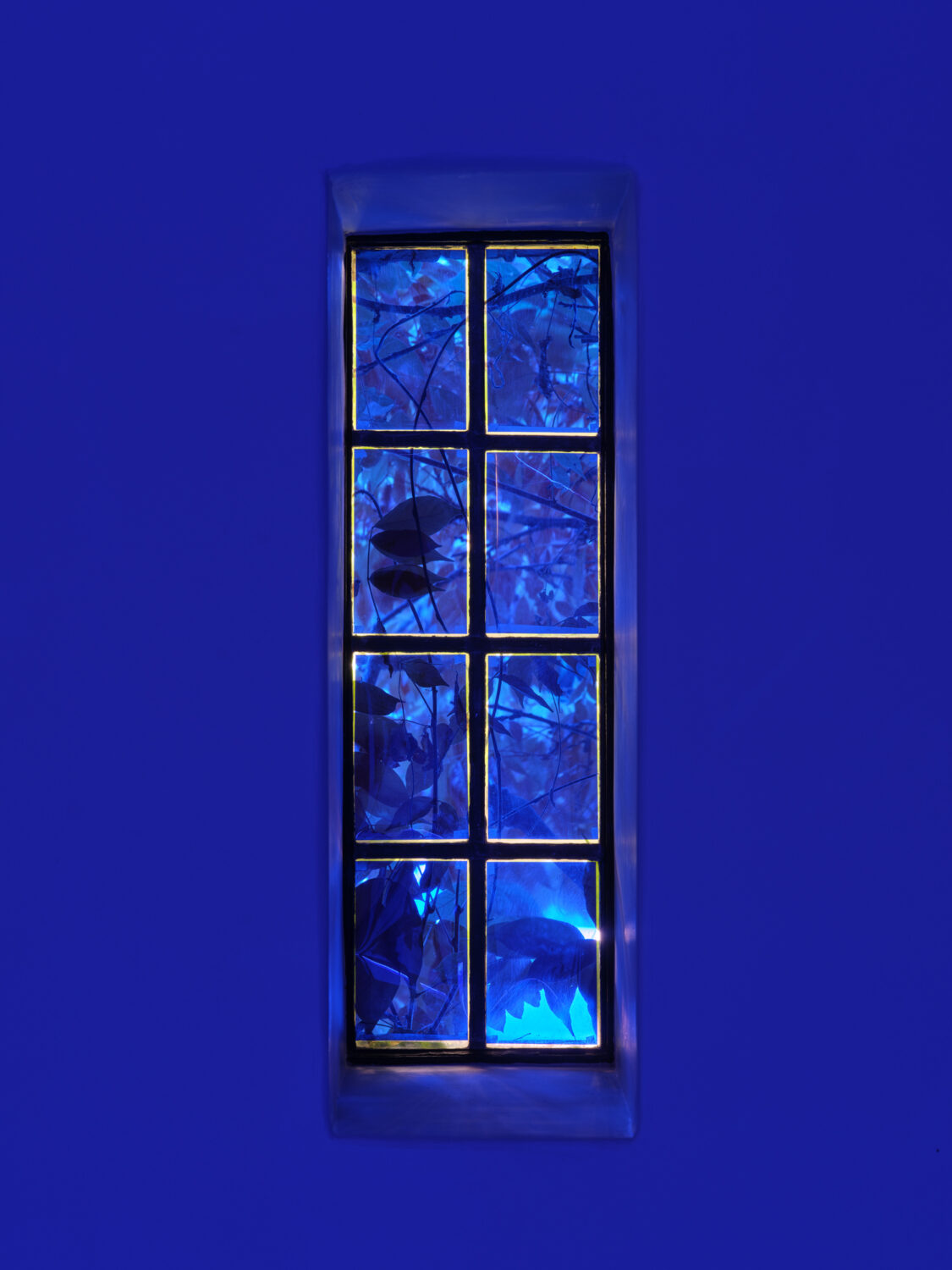Nothing Concrete: A Case Against Perfect Cities
By Kollektiv CollectiveBetween train stations, office cubicles, waiting rooms, school corridors and parks, it is safe to assume that the places and buildings we inhabit have and continue to define the way we navigate space. Transit through infrastructure is pre-planned by others, so well that the design is barely noticeable, in perfect adherence to the behavioural anticipations of those in charge. Following in predetermined footsteps creates a sort of comfort that quickly turns unnerving, as theories on control and surveillance inherent in urban planning await right around the corner – see e.g. Ground Control (2009) by Anna Minton, and Psychopolitics: Neoliberalism and New Technologies of Power (2004) by Byung-Chul Han – closely followed by those of science fiction – Metropolis (1927), Blade Runner (1982, 2017), The Fifth Element (1997), The Matrix Trilogy (1999-2003) etc. The city becomes a perfect maze, one that is almost too easy to navigate. Unsettling in its accessibility, it is a maze nonetheless.

Historically, architecture has been and remains ideology set in motion, one where bricks meet in perfect unison and concrete is poured in flawless shapes, expressing the value systems of the societies who constructed them. The obvious examples – Constructivism as a vehicle of post-revolutionary Soviet utopia or Fascist architecture as the display of authoritarian power – are self-explanatory, yet it is easy to overlook how ideology quietly seeps through the cracks in between loud terminology and grand Ideas into the everyday. We watch – alert yet lacking agency – how reality is built, street by street, and borrow Deyan Sudjic’s question: to what extent the city is a place, or an idea. A city without its people is a dead city, Sudjic writes in The Language of Cities (2016), and the living city is the embodiment of the people who inhabit it. Inversely, “to be is to be in place”, as Edward S. Casey wrote in The Fate of Place: A Philosophical History (1993). The-chicken-or-the-egg dilemma in urban context.
Cutting through the noise of construction sites, nothing concrete, Ali Glover’s solo exhibition at Inspection Pit – a non-profit foundation in West Sussex, UK, founded in 2023 – acted as an antidote to the invisibility of carpet floor tiles, LED bulbs, and structures the eye has grown accustomed to. The quiet vehicles of order that simulate trust in the public space – as per Anna Milton’s thesis in Ground Control – are, however, invisible only up until we really look. And as we do, the undercurrents surface in a perfectly drawn blueprint.

Contemplating a flawlessly executed plan, the desire to identify the omitted is pacified by the seductive appeal of functionality and safety. Detecting flaws in a ‘perfect plan’ requires a different vantage point altogether: once seen, it is what has been deliberately left out that was the desired. Rather than chipping away at the blueprint of today’s smooth infrastructures, nothing concrete proposes a different lens. Here, the sought after ‘perfection’ is not one of standardised efficiency. Reversing architectural elements that take pride in their functionality, Glover exposes the parameters that make for the ideal city – “the city as a product” (Boer, 2023), a complex monument to neoliberal demands and promises. In a city without cracks, voids, and flaws, the back-and-forth and in-and-out is scripted, the citizens commuting as though thoughtlessly, and yet meticulously, positioned on an assembly line. Calling efficiency and functionality into question, Glover’s architecture reveals not only the omitted – imperfection, distinguishability and space to be – but also a path that leads down a spiral of whys and whos for.
Observed by René Boer, such smooth, standardised movements mimic the flow of urban behaviour without accounting for its very lifeforce – consider the metaphor of water. A steady stream is predictable only in the short term – liquid bodies will inevitably spill over, change their course, and leak through the crevices to create diverting pathways. The balanced malleability of a liquid state – of mind, movement, collectivity – is what allows society to adapt and develop; along the imperfections, alternatives and rebels whose necessary presence the mechanical imitation of liquidity does not sustain.

During his residency at Inspection Pit that precluded nothing concrete, Glover collected the sounds of streams in the surroundings of East Harting, a village in West Sussex. Consecutively amplified and distorted, the sound of running water was collaged with the recordings of the urban noise of London, Berlin and Maastricht. The resulting soundscape reverberates through the desolate space of Glover’s architectural ruins, acting as a quiet anthem of resistance to the growing smoothness, borrowing Boer’s term, of cities. Turning the urban manifestation of Western contemporary ideology on its head, Glover’s constructions invert utility and purpose, adhering to a blueprint that sketches out a society upside-down.
Historically, architecture has also been an exercise in dreaming. Dreams for a future that differs from the now, cast into the building blocks of new visions, new societies; hence our captivation with fantastical cities and flying vehicles. While most of the above-mentioned cinematic futures are, in the familiar Sci-Fi tradition, carefully disguised as critiques of the now, nothing concrete proposes a critique into whose subtlety time disappears into the ruins made of plaster. In the opening line of Seeing fire / Seeing meadows (2023), Anna Kostreva writes: “The architecture of agency is the architecture of the cemetery. The power to change is the power to say goodbye.” To end on this sentiment, we say goodbye, thinking about what the change looks like in Glover’s blue light.
References:
René Boer, Smooth Cities (2023)
Edward S. Casey, The Fate of Place: A Philosophical History (1993)
Byung-Chul Han, Psychopolitics: Neoliberalism and New Technologies of Power (2004)
Anna Kostreva, Seeing fire / Seeing meadows (2023)
Anna Minton, Ground Control (2009)
Deyan Sudjic, The Language of Cities (2016)
Feature: Installation view, nothing concrete (5–25 October 2024) by Ali Glover, curated by Kollektiv Collective at Inspection Pit. Image courtesy of Inspection Pit. Photography by Ben Westoby